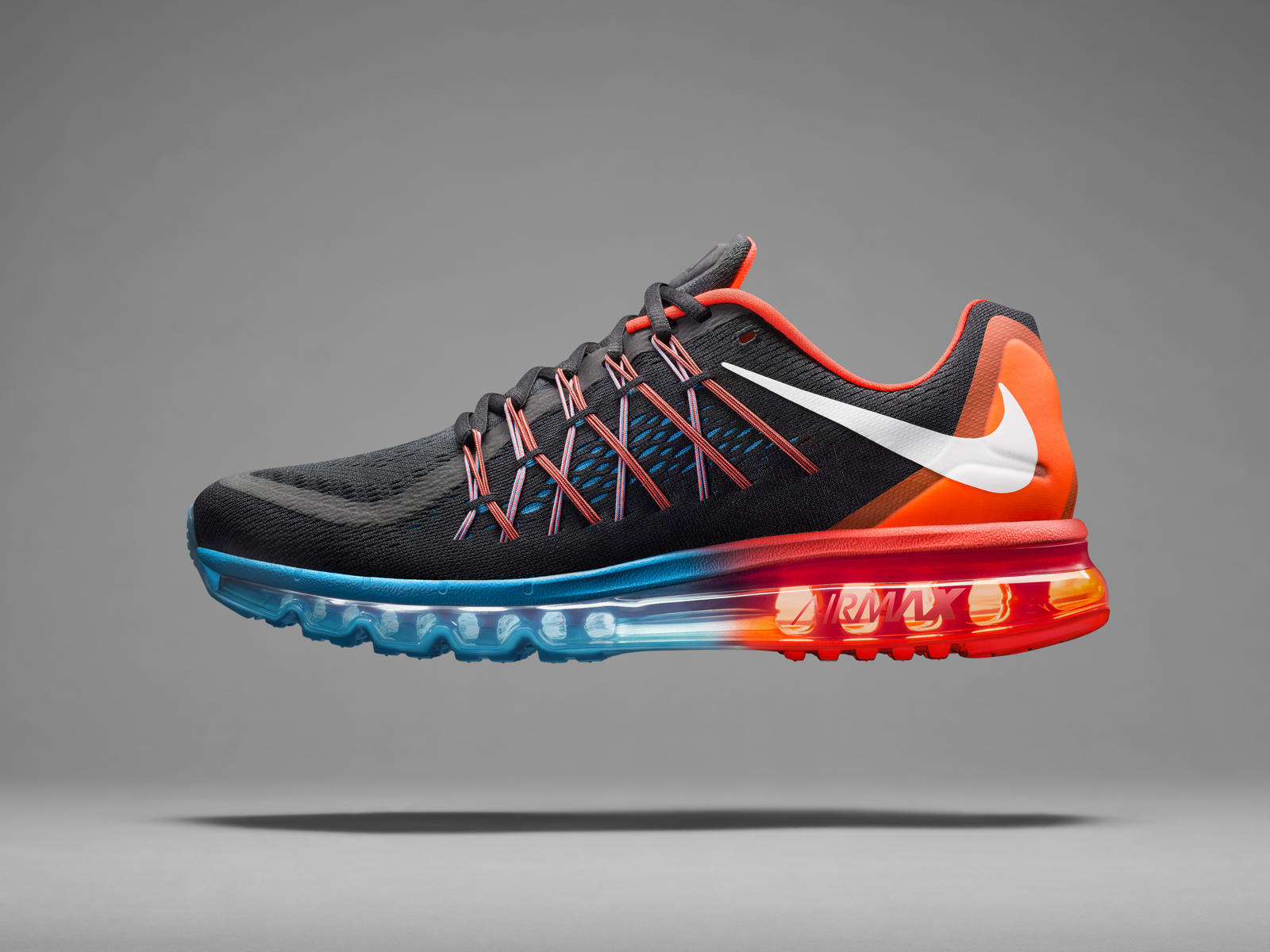The Air Max family spans numerous generations. With the Air Max 1 leading the charge, the family’s various iterations have taken on personalities of their own. None will be forgotten but some have come to stand apart, becoming known for their bold colours, spirited designs and pivotal roles in the evolution of visible air. As the second annual Air Max Day just two days away, Nike takes a look back to remember the Icons of the Air Max Family: The Masters of Max. ![]()
Air Max 1
Innovation isn’t always visible — but when it is, its impact can be immeasurable. In 1987, Nike introduced the Nike Air Max 1, the first shoe to put innovation on full display. Created as a cushioning system, Nike Air suddenly became a window of opportunity for self-expression, style, and crucially, pure performance. The Nike Air Max 1 arrived as a provocateur and a revolutionary, and the sneaker world was never the same.
Air Max 90
The Nike Air Max 90 has presence. Even when standing still, the shoe looks like a masterpiece in motion. Arriving in 1990, this installment of the Air Max family featured a larger volume of Nike Air than its predecessors. However, its fluid aesthetic was the defining feature. Hatfield knew the silhouette would hit the ground running, so the design evoked forward motion. Popular from the start, the striking Air Max 90 symbolized a new decade. Nike designers remixed the silhouette in the years that followed, but it stays forever coveted and essential. 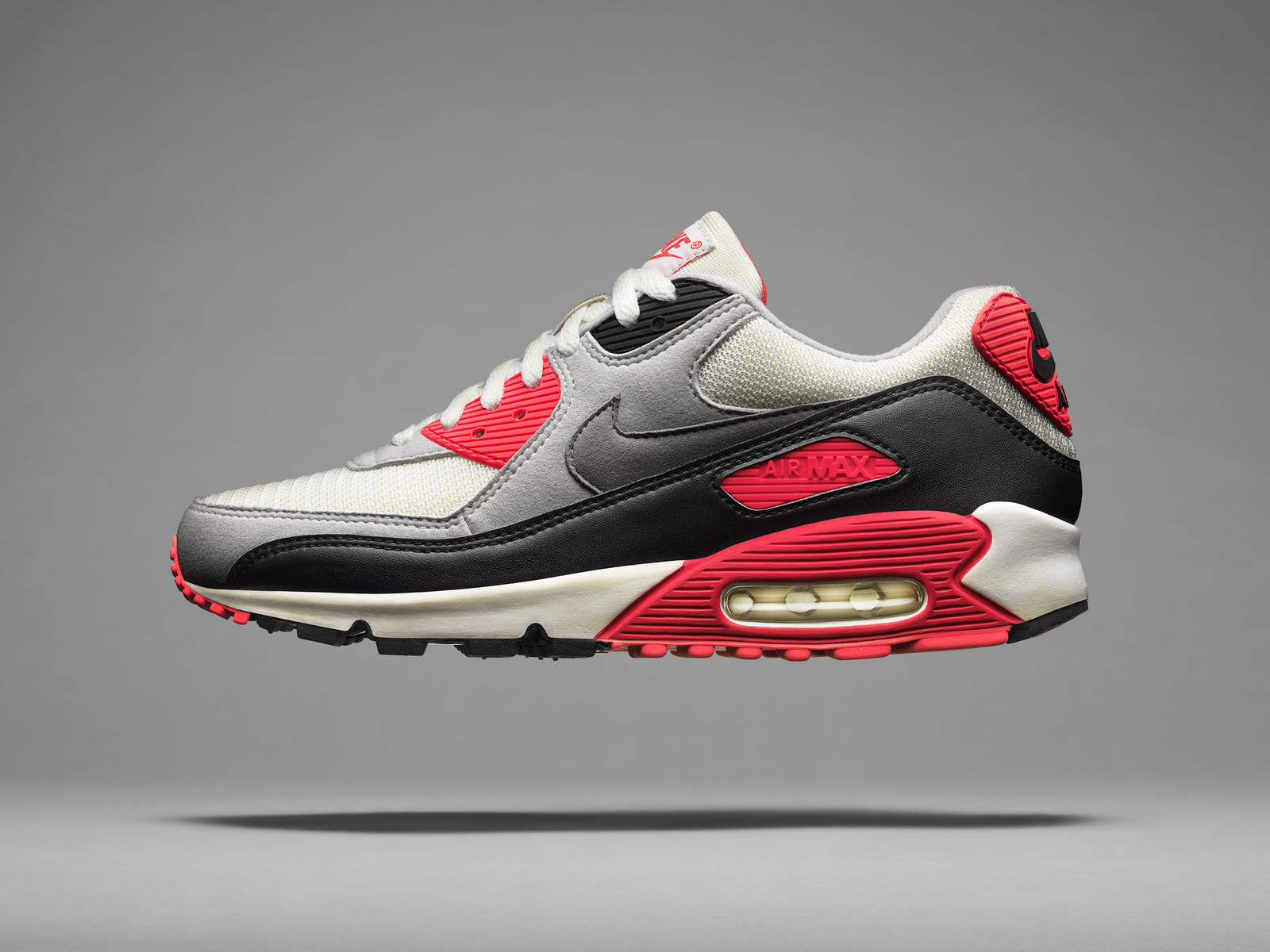
Air Max 180
The Nike Air Max 180 was born from the collective minds of Hatfield and Air Force 1 designer Bruce Kilgore. The two legends set out to make the Max Air unit visible on the outsole and midsole, which highlighted the shoe’s 180 degrees of cushioning. The shoe’s visible air was quickly recognizable around the world. Much like Nike introduced the Air Max 1 with a memorable commercial, the Air Max 180 was supported by advertisements created with legendary cartoonists, special effects masters and movie directors. 
Air Max 93
For the Nike Air Max 93, visibility was the driving force. How do you shock an audience that has already been surprised time and time again? The heel unit had always been the focal point, so why not take it to its limit? Hatfield’s latest creation was built on the Air Max 90’s flex grooves and used a dynamic-fit neoprene inner sleeve to give the foot and ankle added support. 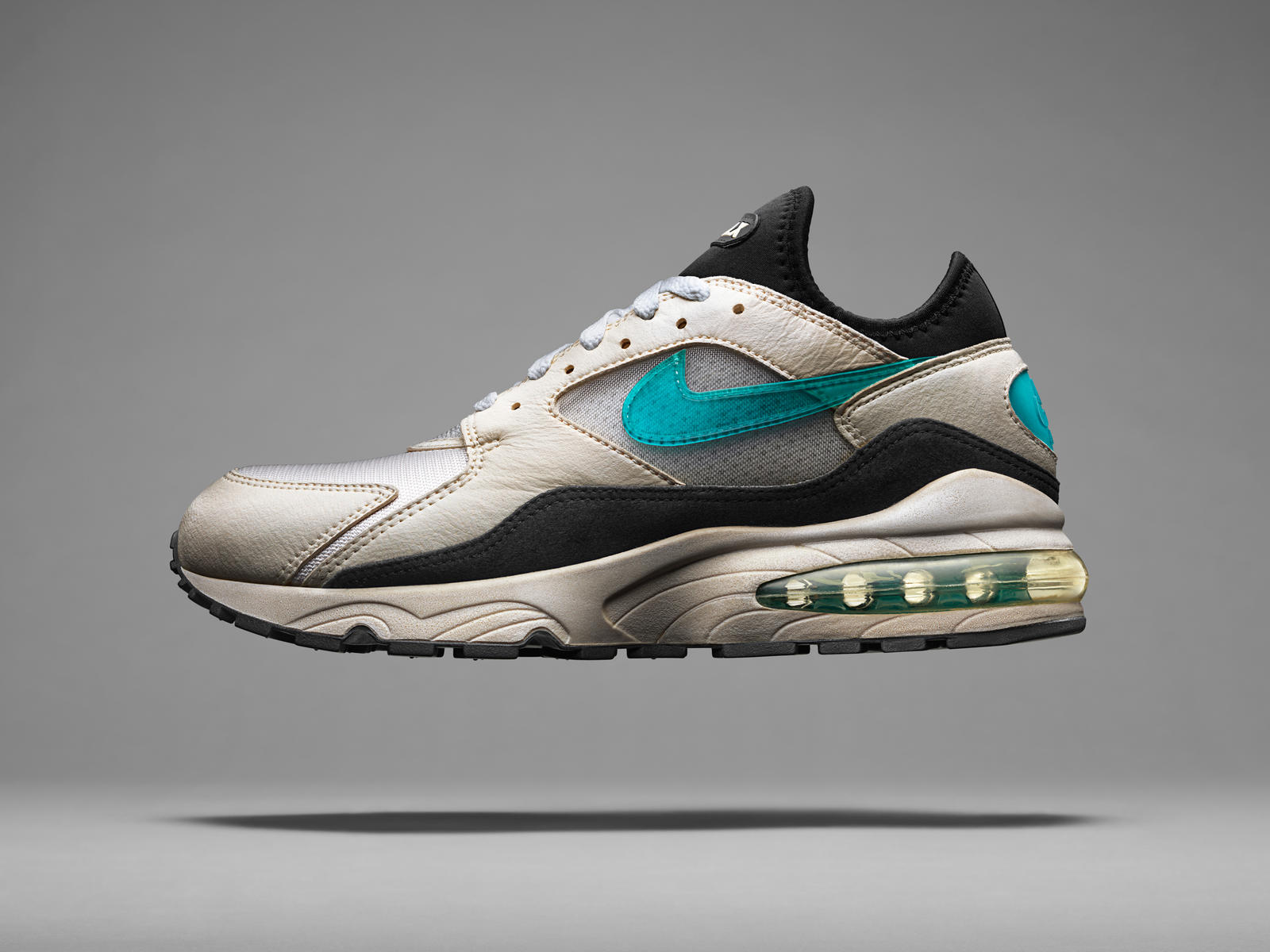
Air Max 95
The Nike Air Max 95 was not just a shoe, it was an outcast. Debuting in 1995, the bold silhouette was the first to feature visible Nike Air in the forefoot. This completely new approach to cushioning brought runners superior comfort and support with dual air units. The Air Max 95 was the first Air Max model to feature a black midsole, a trait that drastically departed from traditional running shoe designs. The Air Max 95 opened the front window in design and sparked a global movement. From New York to London to Tokyo, a generation wanted to wear the future on its feet. Multiple iterations later, it’s still turning heads. 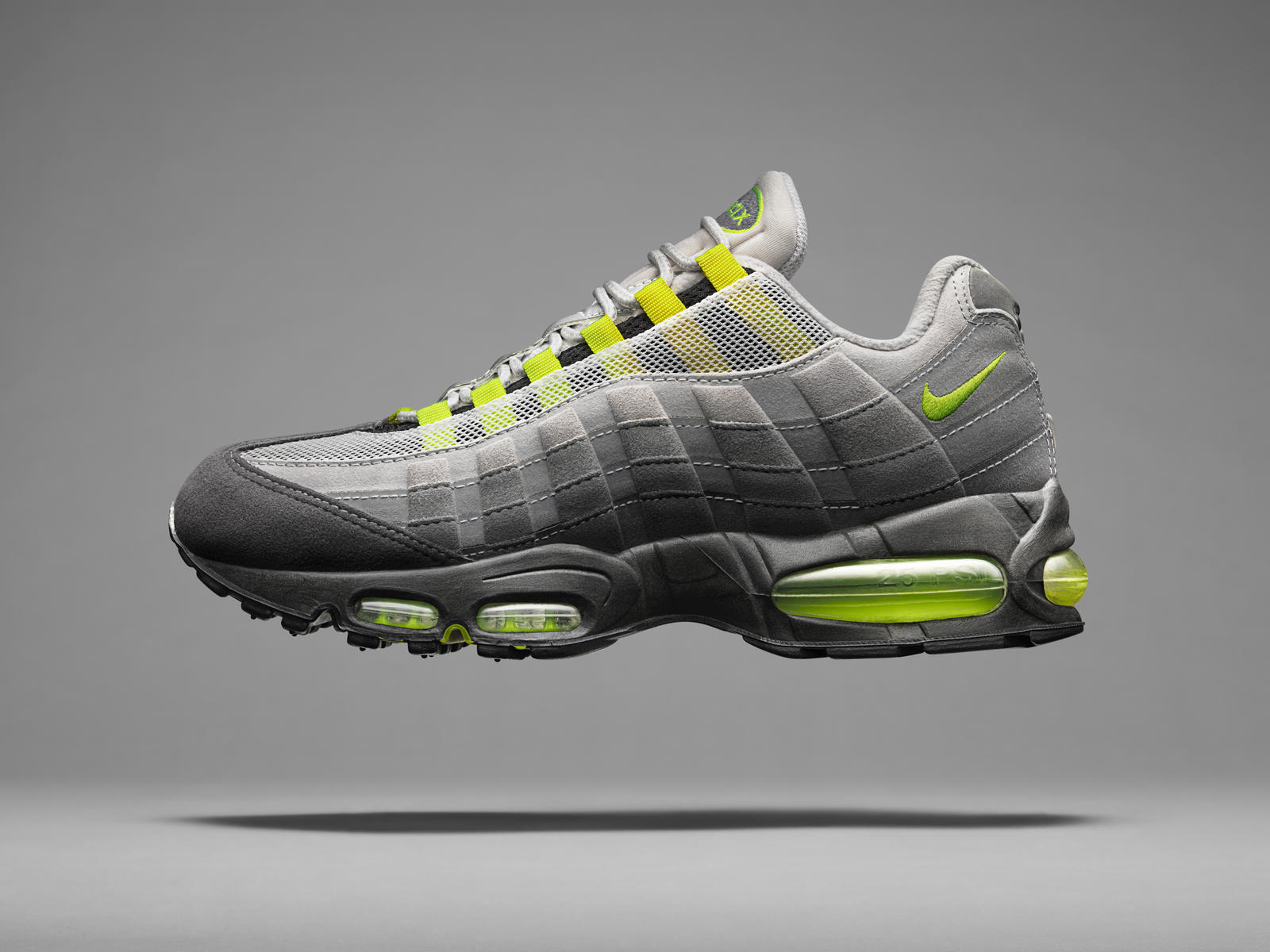
Air Max 97
The Nike Air Max 97 marked another leap forward with the first full-length Max Air unit. The groundbreaking shoe demanded an upper to match its audacious innovation. Starting with silver, the fluid design took inspiration from Tokyo’s lightning-fast bullet trains. Reflective piping gave the Air Max 97 a look that amplified in the right light. The perfect shoe for a maximalist period, when more mattered in music, movies and style, it has since become an era-defining design classic. 
Air Max 2003
A minimized upper combined with a maximized approach to cushioning defines the Nike Air Max 2003. The new silhouette borrowed the same Air-Sole unit used in the Air Max 97, but new developments in molding, construction and cushioning brought the foot closer to the ground for extra flexibility. Taking a path less traveled, the Air Max 2003 traded the bold color of past Nike Air Max models for a tonal option that gave the shoe a new aesthetic for the aughts. 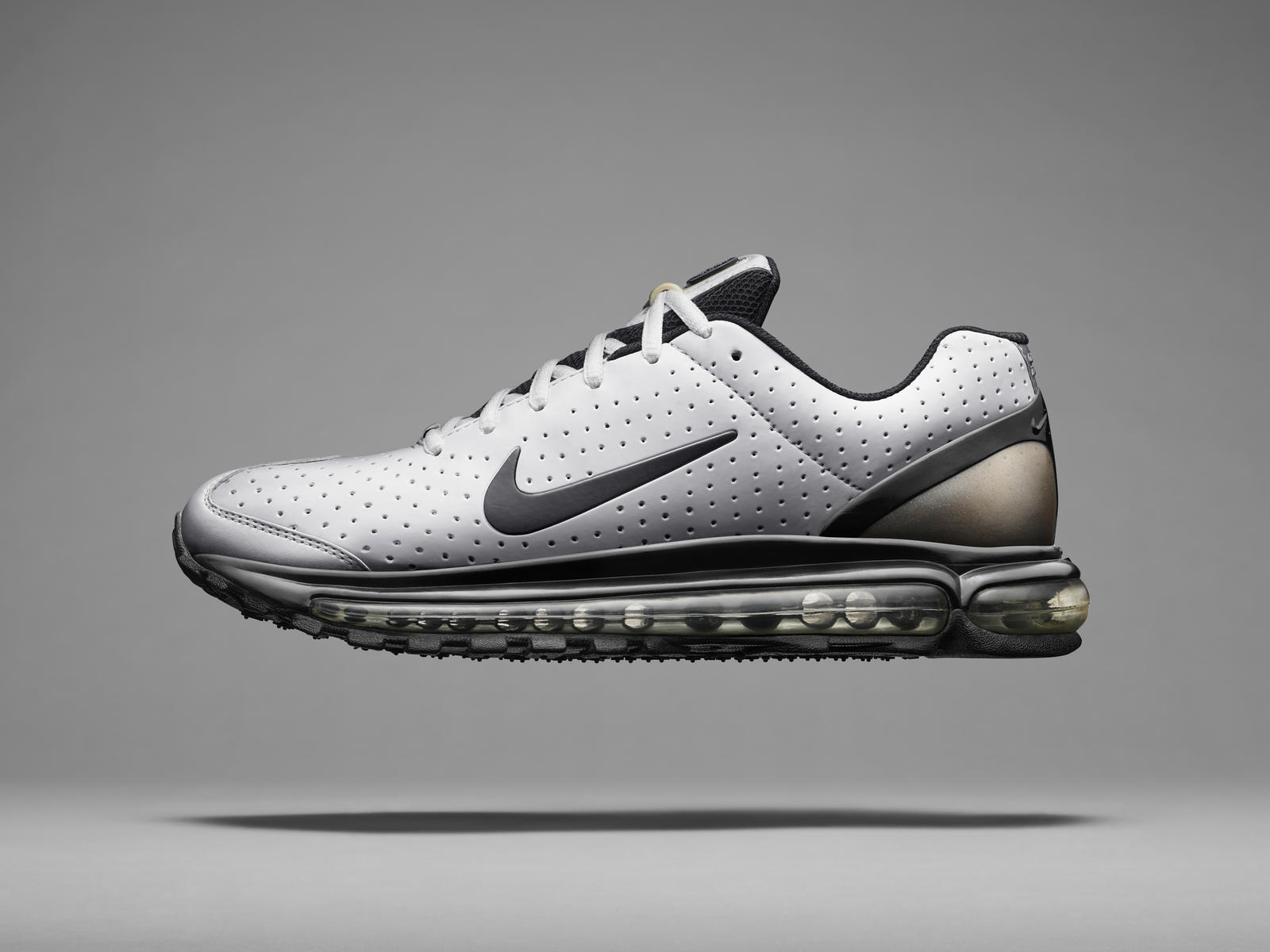
Air Max 360
Almost 20 years after the original Air Max debuted, the mission to make wearers walk on air was realized in the Nike Air Max 360. Nike engineered a completely new kind of Max Air unit that offered improved air-cushioned stability. Gone were the substantial layers of foam separating the foot from the air, and for the first time, thermo-molded construction helped achieve 360 degrees of cushioning. 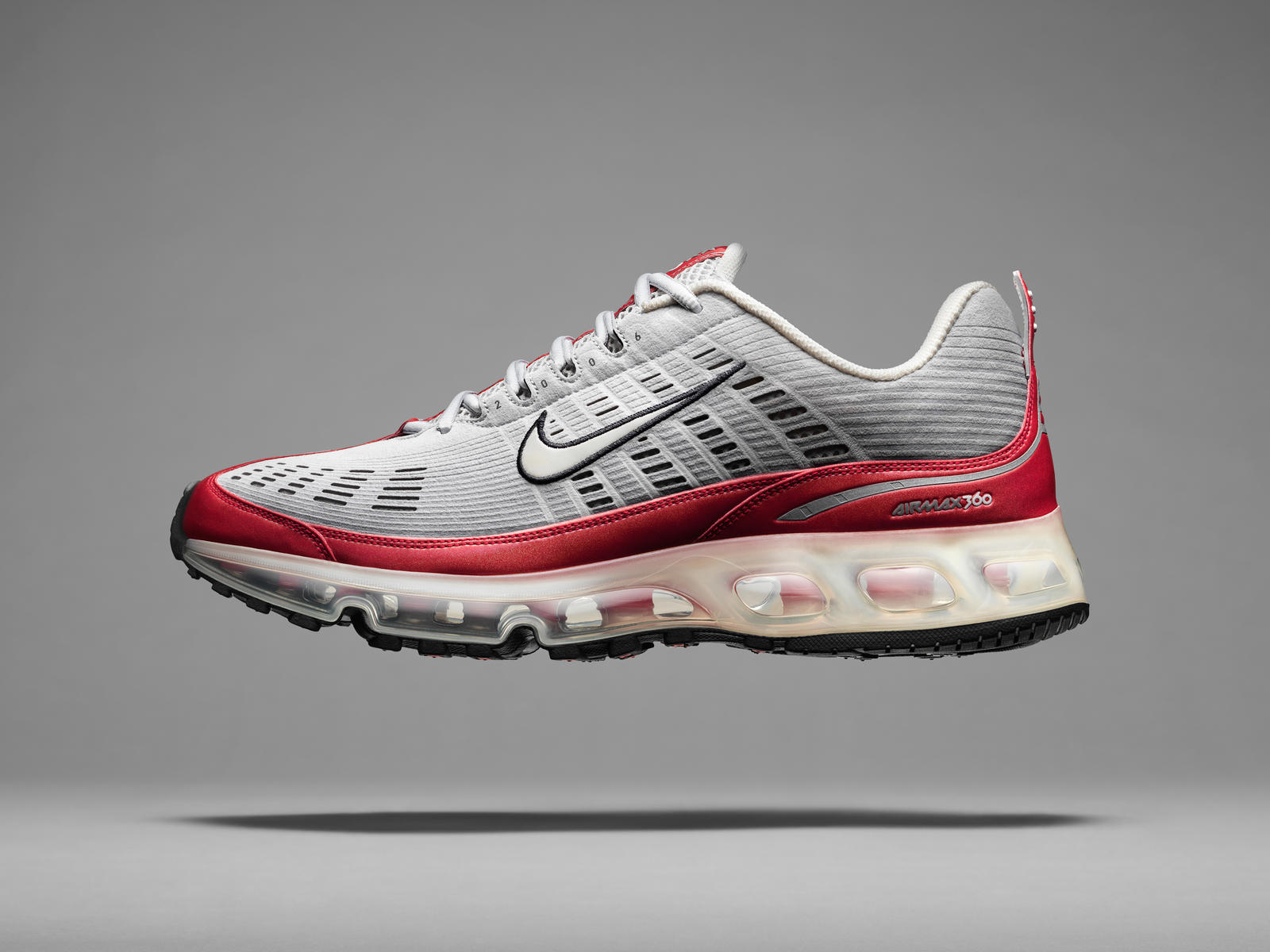
Air Max 2015
The Air Max 2015 is as much about reinvention as it is about revolution. The performance running shoe features an upper that matches the dynamic motion of the flexible, ultra-comfortable Max Air cushioning that debuted in 2013. The first Air Max with a breathable, lightweight, fully engineered and almost seamless mesh upper works in tandem with Nike Flywire technology to wrap the foot. The shoe offers a plush, bouncy ride that uses tubular construction and flex grooves for the latest standard of maximum. Even the reverse Swoosh subverts familiarity and signs off on a new generation of expression. 